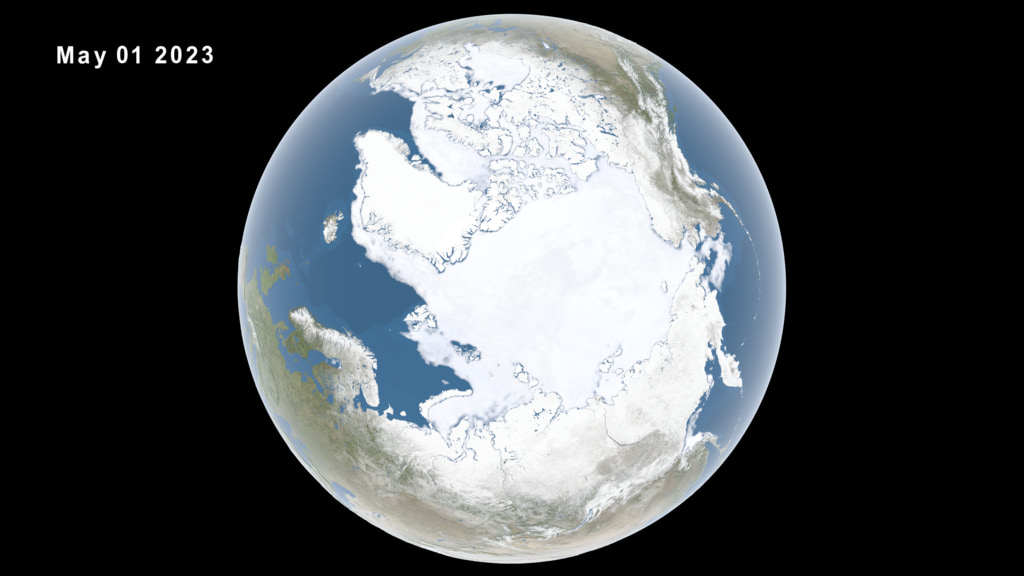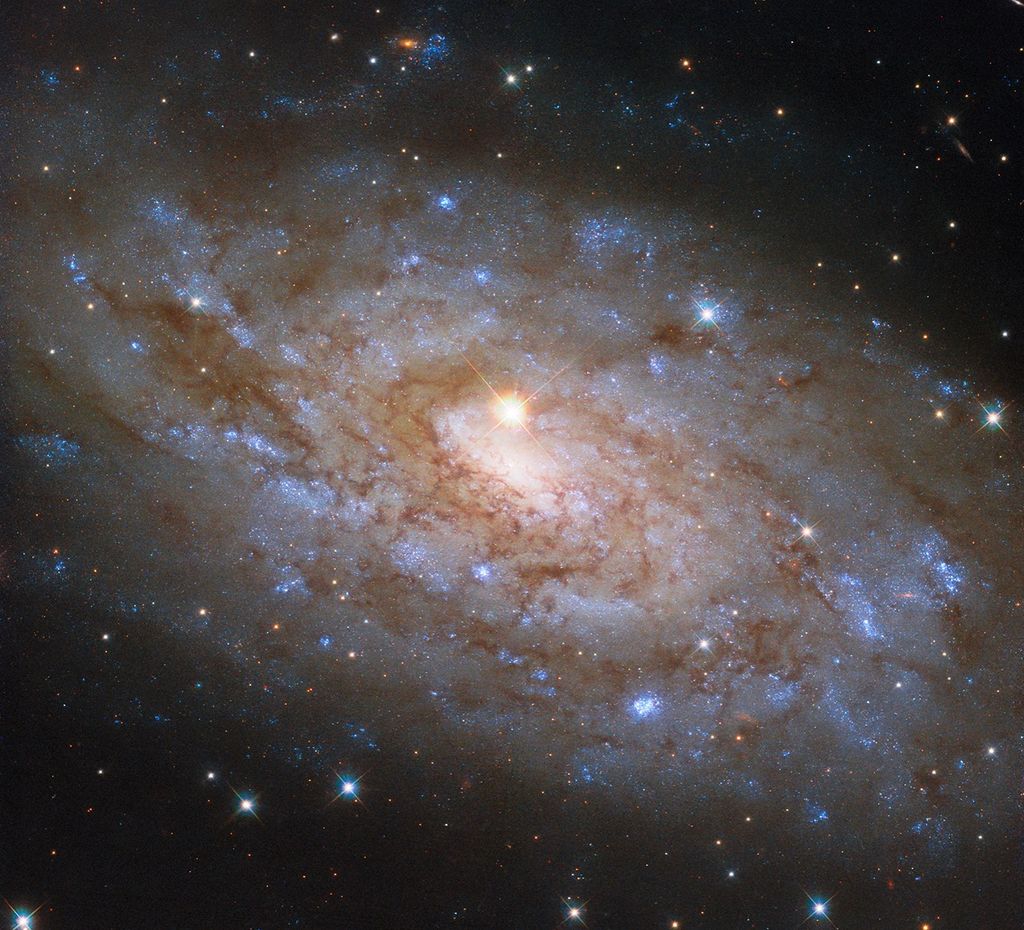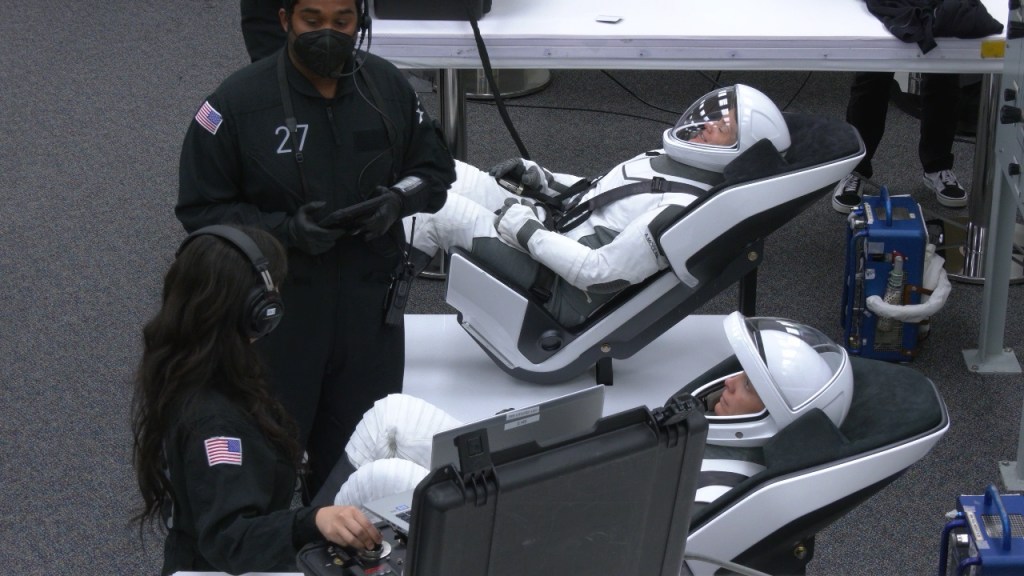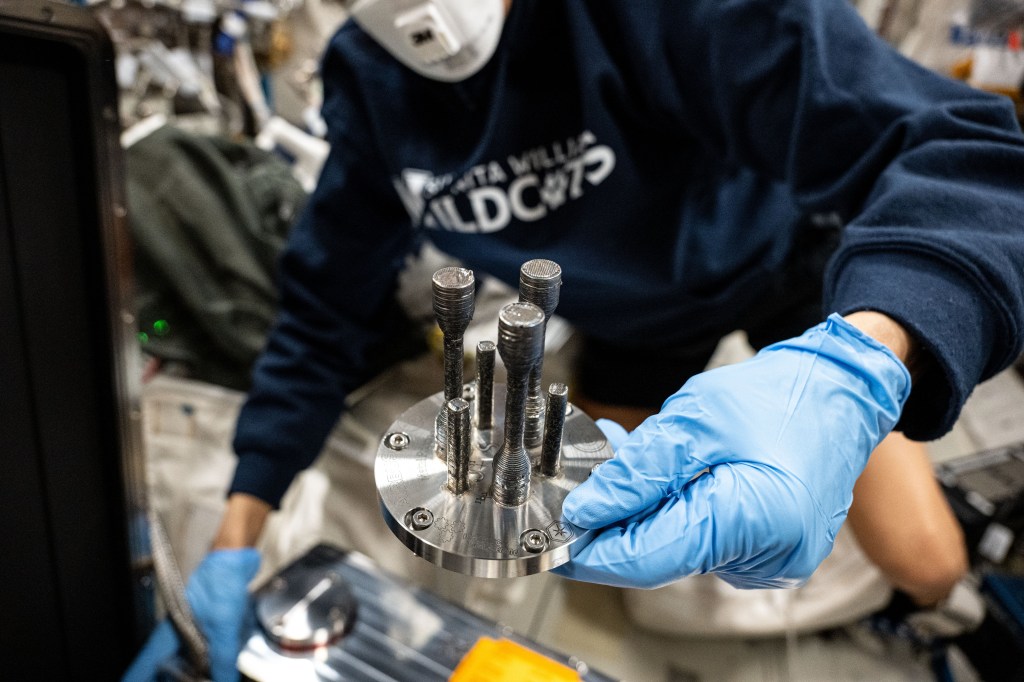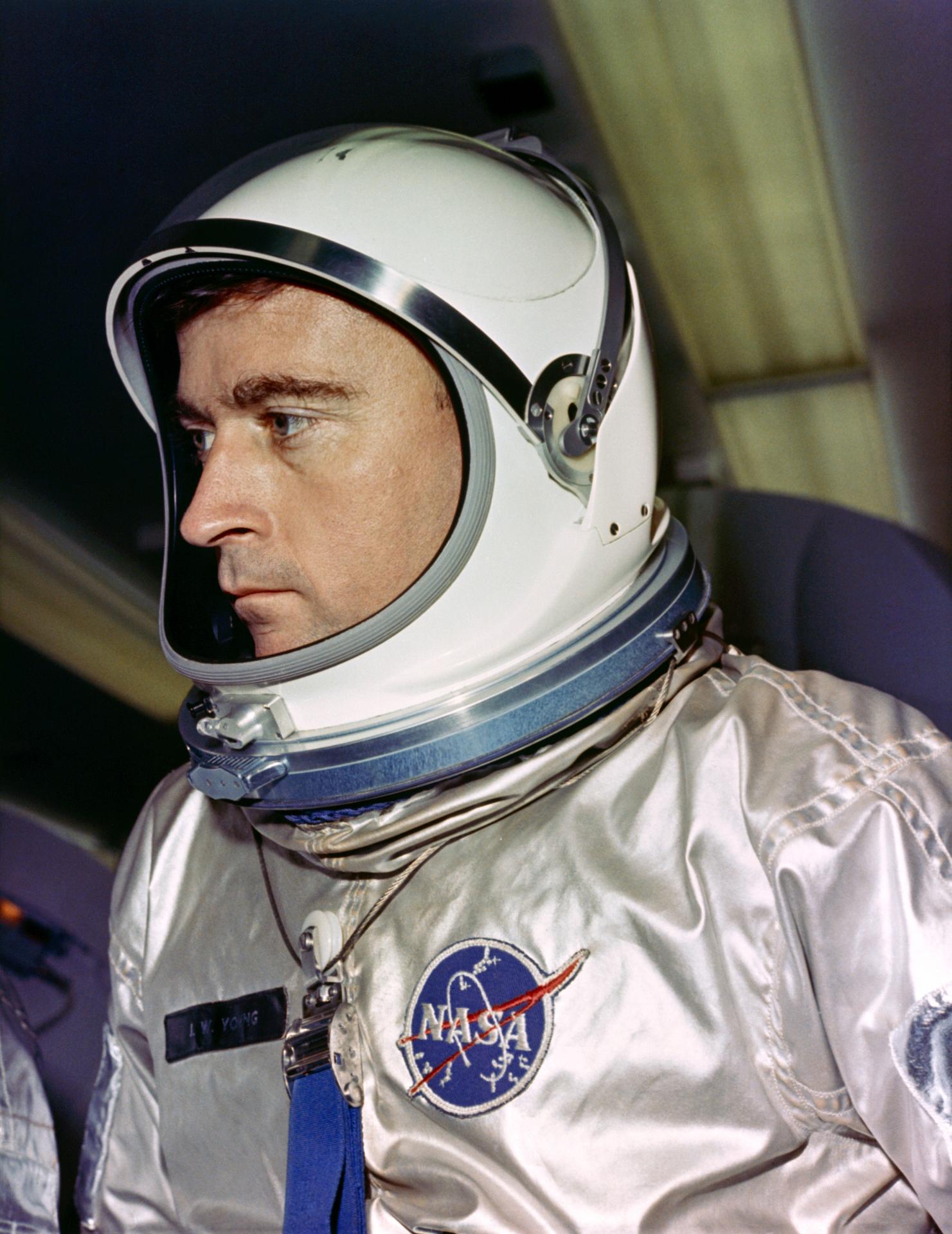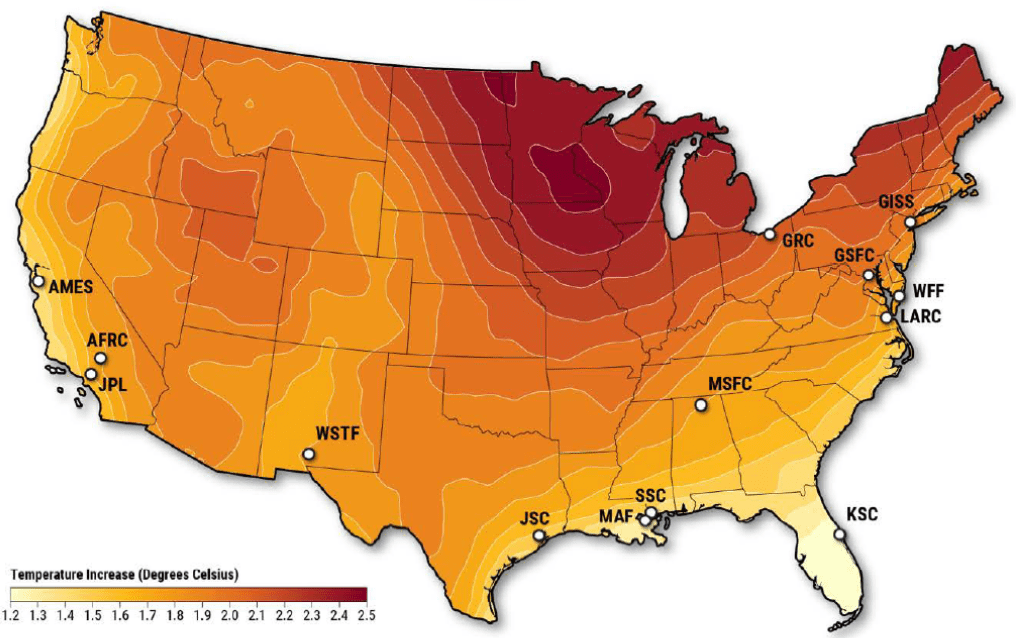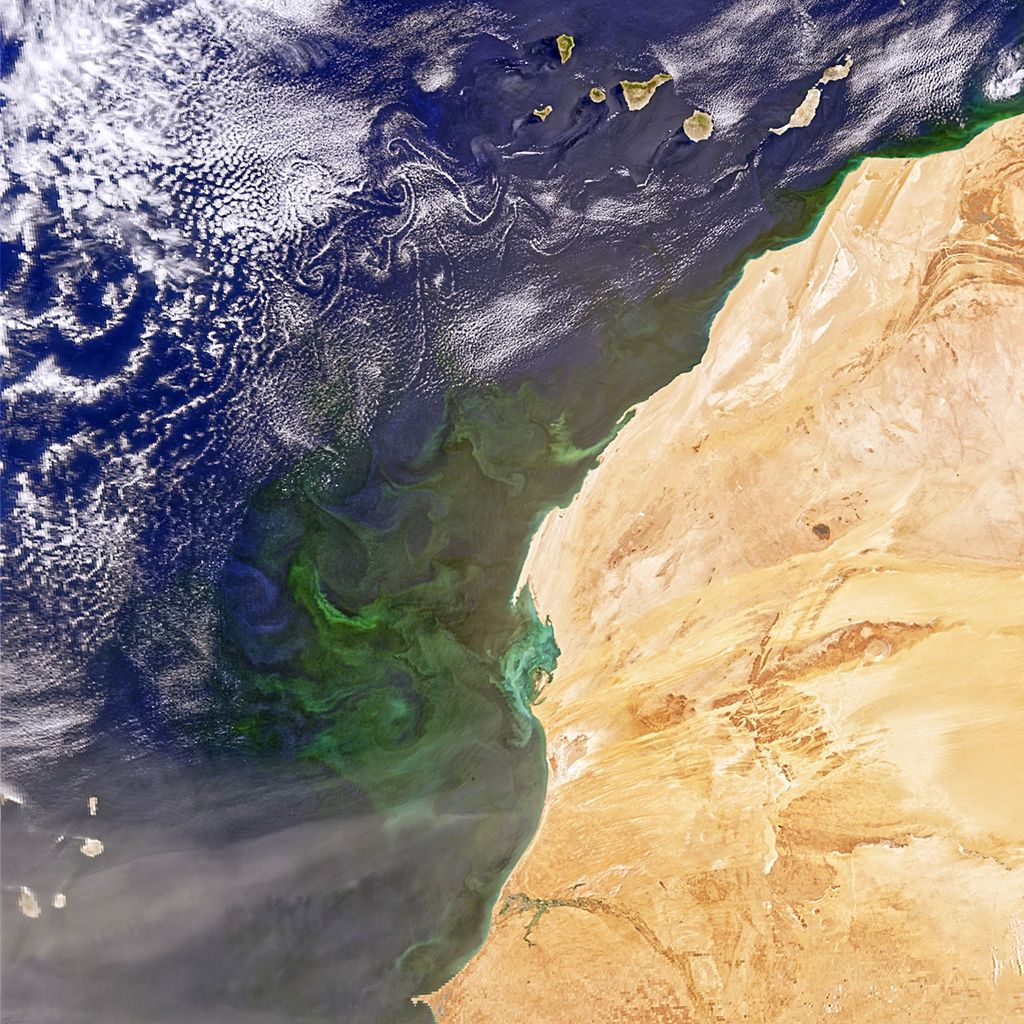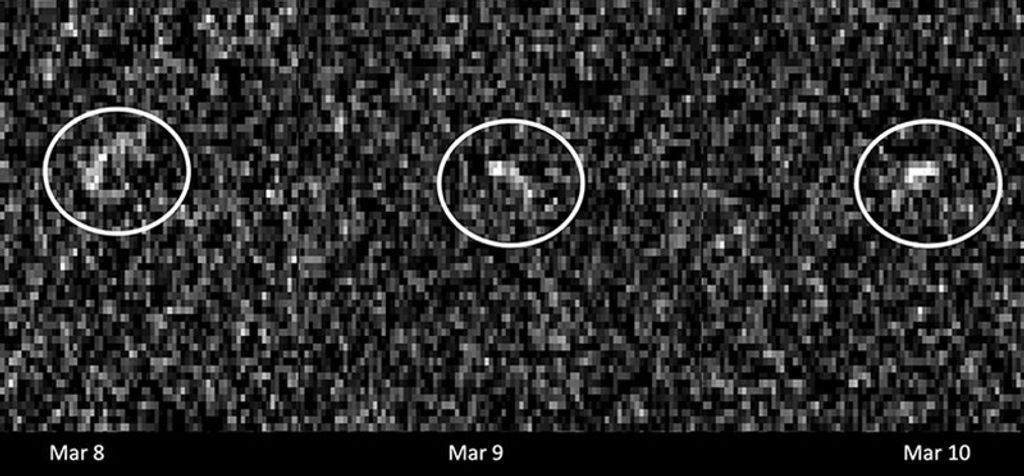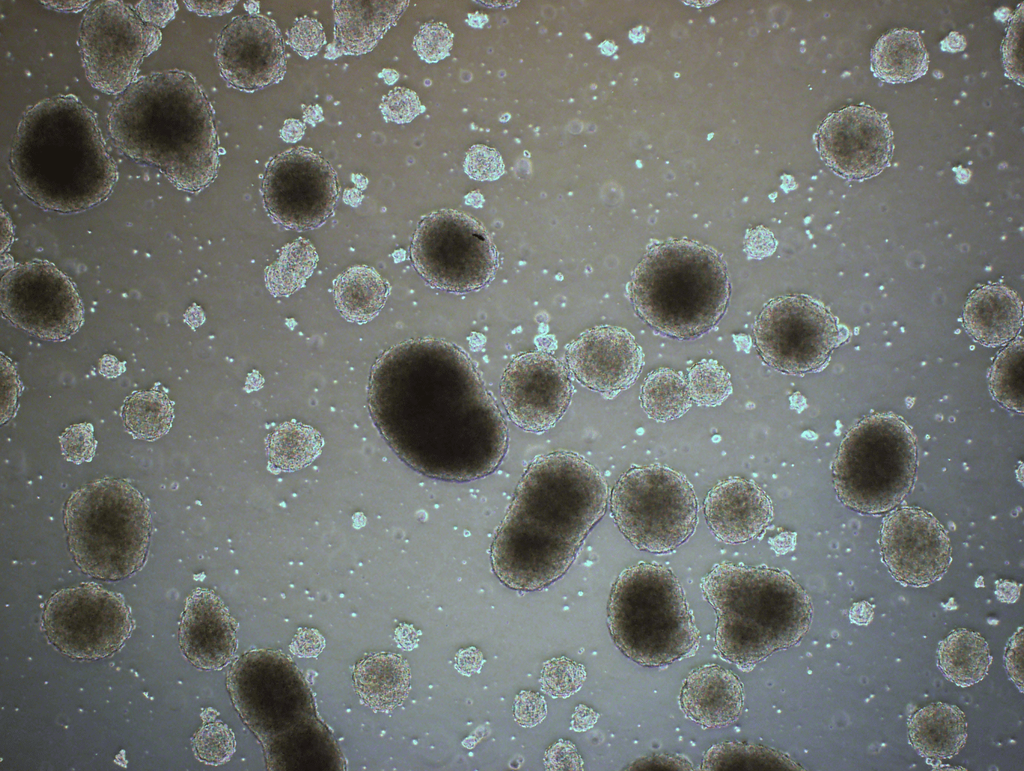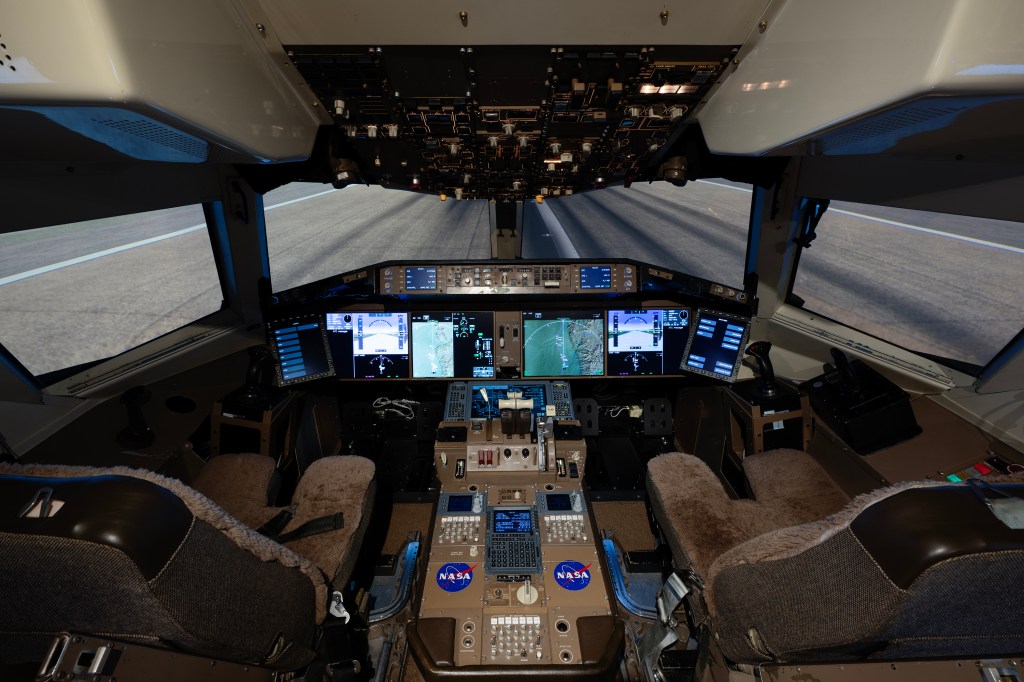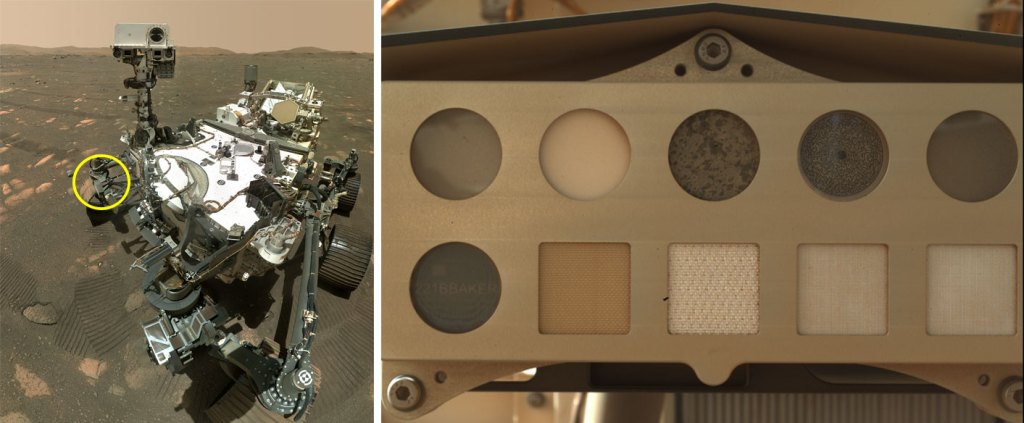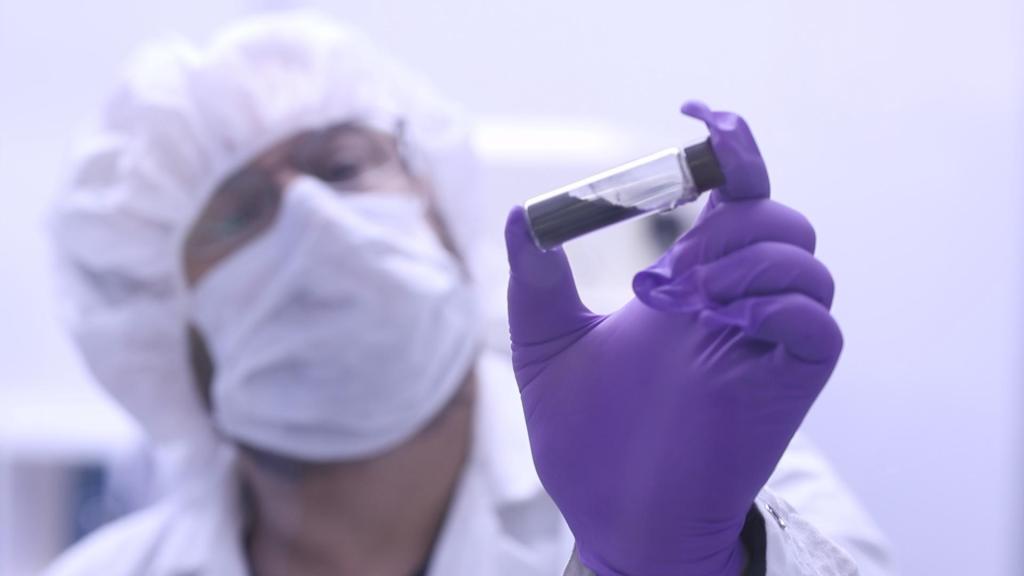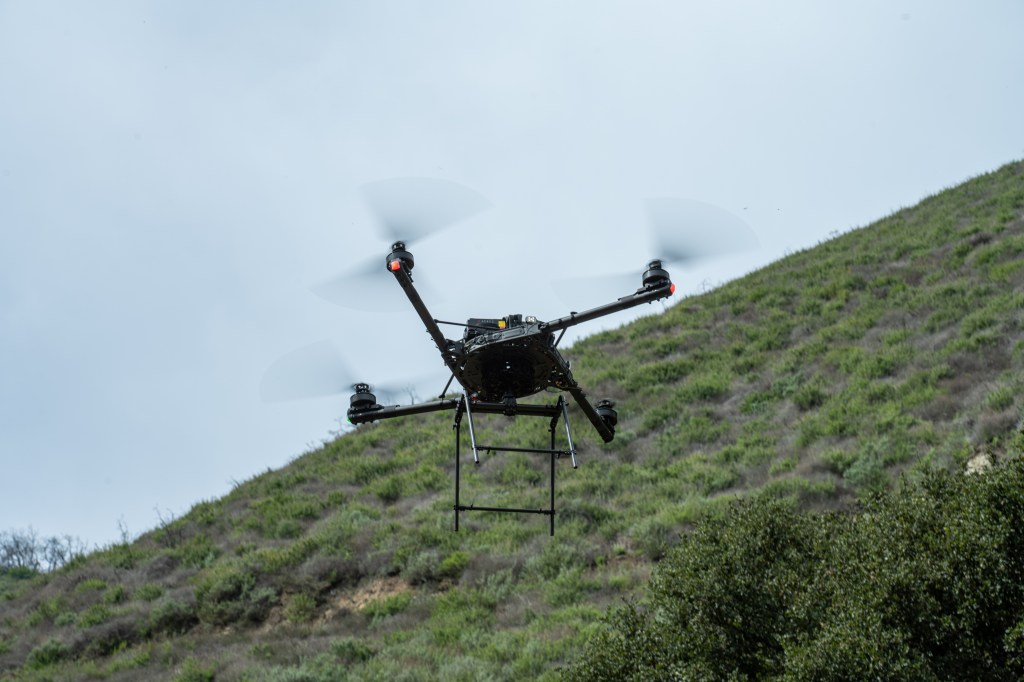InSight’s Dusty Selfie
| Credit | NASA/JPL-Caltech |
|---|---|
| Language |
|
This is NASA InSight's second full selfie on Mars. Since taking its first selfie, the lander has removed its heat probe and seismometer from its deck, placing them on the Martian surface; a thin coating of dust now covers the spacecraft as well.
This selfie is a mosaic made up of 14 images taken on March 15 and April 11 — the 106th and 133rd Martian days, or sols, of the mission — by InSight's Instrument Deployment Camera, located on its robotic arm.
InSight's first selfie showed its instruments still on the deck. Now that they're removed, the viewer can see the spacecraft's air pressure sensor (white object in center), the tether box for its seismometer and the tether for its heat probe running across the deck. Also visible is its robotic arm and grapple.
JPL manages InSight for NASA's Science Mission Directorate. InSight is part of NASA's Discovery Program, managed by the agency's Marshall Space Flight Center in Huntsville, Alabama. Lockheed Martin Space in Denver built the InSight spacecraft, including its cruise stage and lander, and supports spacecraft operations for the mission.
A number of European partners, including France's Centre National d'Études Spatiales (CNES) and the German Aerospace Center (DLR), are supporting the InSight mission. CNES provided the Seismic Experiment for Interior Structure (SEIS) instrument to NASA, with the principal investigator at IPGP (Institut de Physique du Globe de Paris). Significant contributions for SEIS came from IPGP; the Max Planck Institute for Solar System Research (MPS) in Germany; the Swiss Federal Institute of Technology (ETH Zurich) in Switzerland; Imperial College London and Oxford University in the United Kingdom; and JPL. DLR provided the Heat Flow and Physical Properties Package (HP3) instrument, with significant contributions from the Space Research Center (CBK) of the Polish Academy of Sciences and Astronika in Poland. Spain’s Centro de Astrobiología (CAB) supplied the temperature and wind sensors.

